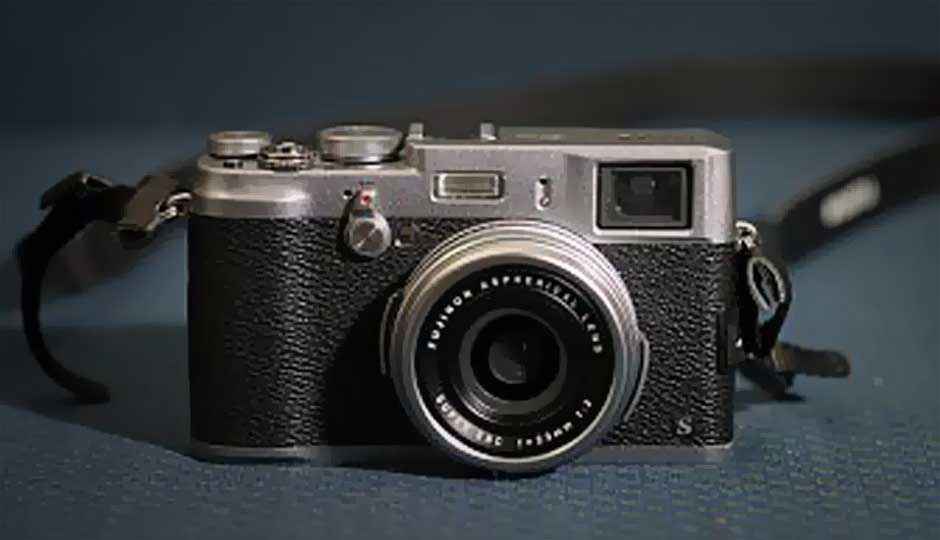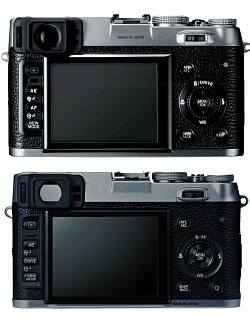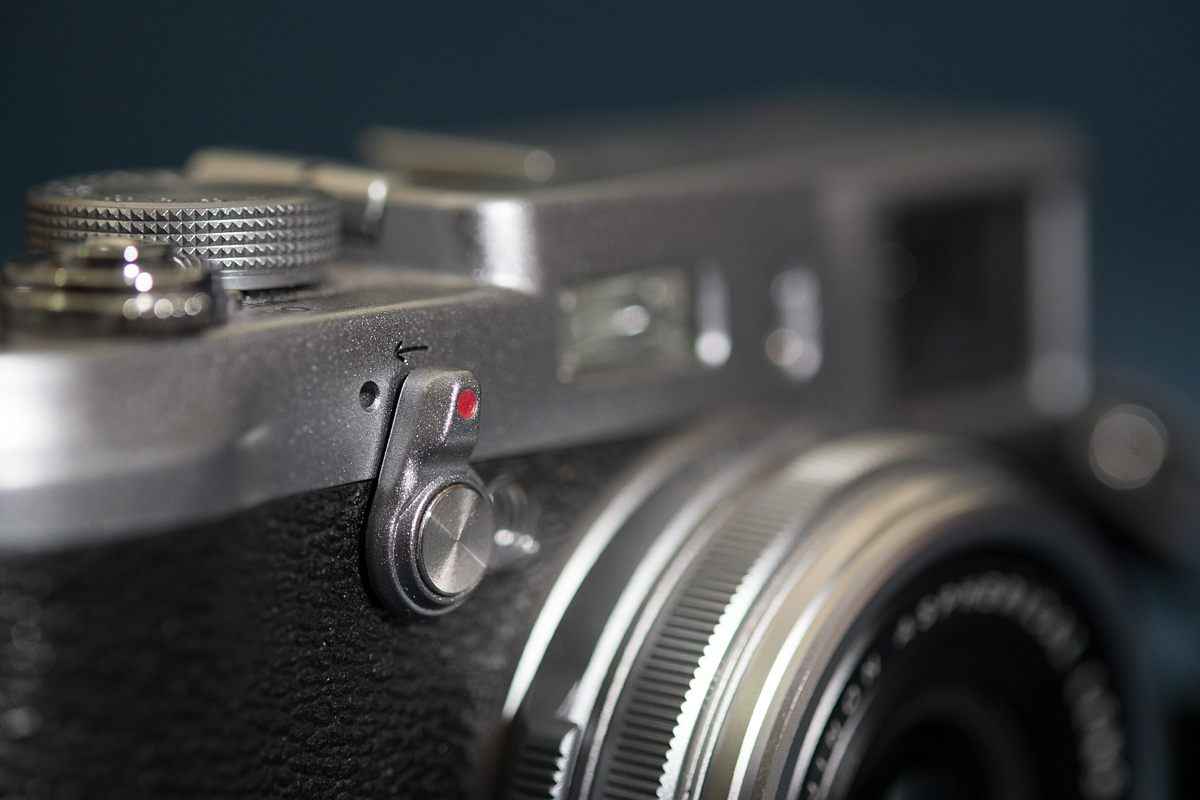The defining benchmark of a Post PC era is that
tablets are becoming hugely popular and are giving a stiff competition to
laptops and ultrabooks. And why not? They are much more portable and offer
almost all the features and capabilities one can get on a laptop. Most
modern-day tablets are easily as powerful (if not more) as two-three
year old laptops.
The ‘slate’ has been prevalent for quite a few
years but the modern age tablet gained popularity and traction in the year
2010. In our opinion, the credit goes to Apple for shaping the tablet market
when it released the first iPad in 2010 and pushed tablet segment into the
mainstream consumer market. The company also brought in capacitive touchscreens
to the tablet category which meant that users could just tap away with their
fingers without having to rely on a stylus pen. A number of manufacturers followed
Apple’s move and today every hardware-based technology company operating in the
consumer space has a tablet to offer.
 |
| SAMSUNG GALAXY 10.1" |
According to the International Data Corp. (IDC)
the year 2013 saw a rise of 50.6% in tablet sales with the worldwide tablet
shipments totalling to 217.1 million, an increase from 144.2 million in 2012.
For the Indian market, researchers have predicted that the period of 2013- 2014
will see a boost of 50% in the sales on tablets. These numbers are actually
huge and are a big threat for laptop makers as the tablet has been
marginalizing PCs and laptops for quite some time.
A large chunk of the total number of tablets in
the market is occupied by Android as it has become the dominating platform in
the mobile device industry purely by number of devices adopting it. Apart from
Android one can even get their hands on a Windows 8.1 running tablet under a
budget of `25,000 which provides the Modern UI, as well as proper desktop mode
just like a PC. Today, manufacturers like Apple and Samsung offer tablets in a premium
range but a large portion of consumers in the Indian market opt for more
affordable tablets to fit their budgets.
While we are on the subject, the budget
category of tablets has widened a lot and with Indian brands bringing in a mix
of their own products, there has been an increase in variety as well. If we
look back to 2013, getting your hands on a powerful tablet meant shelling out a
lot of money. But times have changed and one can easily get a tablet running on
a quad-core processor with plenty of features under a budget of Rs 20,000
without breaking a sweat.
For this shootout we have picked tablets from well-known companies and
also some indigenous brands which provide some competitive features. The focus
here is on tablets selling around `25,000 which attracts the majority of the
consumers. We have included eight Android tablets namely the Dell Venue 7 and
Venue 8, iBerry Auxus CoreX8, iBall Slide 3G Q1035, Micromax Canvas Tab, Google
Nexus 7 (2013), MTV Slash 4X and Simmtronics XPad Turbo. We have also included
two Windows 8.1 tablets one from Dell and one from Acer.
THE PLATFORMS
Android had
stepped into the tablet game by releasing a different version altogether (3.0
Honeycomb) which was specifically designed for tablets. It did not gain a lot
of popularity back then, so Google scrapped it off and made a unified version
(4.0 Ice Cream Sandwich) that would run both on smartphones and tablets. Today
the platform is on the verge of becoming the most selling tablet operating
system and the numbers are just going stronger by the day. Almost all of the
Android tablets that we have tested run on Android 4.2 and the only tablet with
the latest KitKat update was the Nexus 7.
Hopefully manufacturers
will be announcing some new tablet this year with Google’s latest 4.4.2 update.
With almost 2 million apps available on the Google Play store, Android tablets are poised to take over the industry.
When Microsoft had announced that Windows 8 will feature an app ecosystem on
top of the traditional desktop layout, it seemed logical that the OS would be
ported to tablet devices. The good part is that one can get a full-fledged
desktop/laptop experience but the bad part is that using its touchscreen on the
desktop mode is a real pain. The tiled UI is similar to what we have seen on
Windows Phone devices and the apps work in a similar fashion. With the app development
steadily going stronger, Windows 8.1 tablets could soon gain a decent market
share.

















